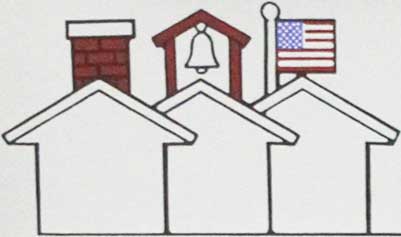INDIAN RIVER COUNTY — Indian River County voters will decide whether or not property owners will continue paying a special tax for what the School District and School Board call essential needs. The School Board unanimously voted to put the question on the August ballot.
The School District estimates that the millage referendum would generate approximately $32.7 million the district could use to spare 31 classroom positions, purchase Social Studies textbooks and other classroom instructional materials, and provide digital content as mandated – but not funded – by the state. The funds would also be used to upgrade the School District’s technology infrastructure and systems.
“We need to reiterate how critical it is to maintaining our level of service,” School Board Vice Chair Carol Johnson said of the proposed millage referendum.
Currently, property owners are paying 60 cents per $1,000 of assessed taxable value on their homes between the .25-mill voters approved in 2010 to fund critical needs and a .35-mill bond referendum approved in 1990.
Both the .35-mill and .25-mill assessments are set to expire June 30, 2013. If approved, the replacement .60-mill would begin July 1, 2013 and run for four years – through June 30, 2017.
Proceeds from the .25-mill critical needs referendum in 2010 were used, in part, to keep 31 arts, music, and physical education instructors, and media and reading specialists in the schools.
“This is a continuation” of a tax property owners are already paying, Board member Claudia Jimenez said, noting that the district is not asking taxpayers to pay on top of what they are already paying.
Based on the average home’s value in Indian River County, Assistant Superintendent of Finance and Operations Carter Morrison told the School Board during a discussion earlier in the day that the .60-mills would be the equivalent of paying approximately $1.48 each week.
Schools Superintendent Dr. Fran Adams said the cost would be essentially 21 cents a day to help the School District meet the unfunded mandates handed down from the state, keep the 31 instructors and bolster classroom materials.
A portion of the funds – if the millage referendum were approved – would also go to the charter schools. How much would be allocated to each school has not yet been determined.

